THE THAMES PATH 2040 by Alex Fefegha
Image credit: Alex Fefegha
The Thames Path 2040 by Alex Fefegha
One of five artistic experiments forming part of The New Real Observatory platform – a creative AI platform combining raw satellite data and climate modelling with AI processing engines.
Lex Fefegha presents an AI research project that visualises what Londoners might lose and what will remain in a future where heavy rainfall will lead to flooding on the Thames Path in 2040.
London like other large cities is not prepared for the impact of climate change, large parts of London were built on a flood plain. According to the UK's government environment authority, around 5.2 million properties in England are at risk from flooding with that number to double over the next 50 years.
According to the Greater London Authority, 17% of London is facing either high or medium risk of flooding, with more than 1 million Londoners live in a flood plain. The artist wants to shed light on this area of concern; by utilising artificial intelligence to assist in visualising possible scenarios of how increased rainfall due to increased temperatures can negatively affect communities.
Image credit: Alex Fefegha
Creative learning and machine intelligence
Fefegha hopes to expose the way the machine learning model learns through exposure to the data, and the way the machine is able to determine its own understanding of what it sees. He is interested in how the understanding of the machine learning model will be far more complex and deal with more uncertainty and vagueness — than anything we could program. This capability of machine learning is vital for exploring its creative purpose as the rules are fuzzy and ever-changing, and will often be bent or broken by the abstractness of its generation.
Part of The New Real Observatory
How can AI be made more easily usable in tools and systems for the creative sector, to connect science and data to applications and impacts in the real world? In New Real Observatory, artists, scientists and festivals together explore the potential for creativity and cutting edge AI to build better futures for people and the planet, and answer the urgent challenges of COVID-19 and the climate emergency. Five artistic prototypes informed the development of a prototype climate AI platform combining raw satellite data and climate modelling with AI processing engines.
A creative journey
At this period of time, most of my focus has been on contextualising the project. I was asked to explore the worlds of AI & climate change. I needed to spend enough time thinking about why does a project of this nature need to exist. These are two areas of contention, two areas of divisive opinions. How do I ensure that I do this well? Do people need this burden? Should the burden not be on the landlords, the developers and the government? How do you make sure you don't scare folks? How do you make sure you build something that can educate folks about the situation but also allow them to understand how they could contribute to a future where this doesn't happen? Machine learning is a tool for me in this project, it would help me to analyse data that I have found in order for it to generate an output. Using these outputs from a machine learning model will allow me to tell the story.
ABOUT THE ARTIST
Lex spends most of his time leading a small team of designers and coders at COMUZI, a London based design studio creating future-positive products, services and experiences for governments, organisations and charities.
In his spare time, Lex has been exploring AI & creativity projects, working with Google AI & Google & Arts Culture Lab to create The Hip Hop Poetry Bot, an AI research project, exploring speech generation trained on rap and hip hop lyrics by black artists. Lex was an associate lecturer at the University of the Arts London's creative computing institute teaching a module on computational futures and AI.



